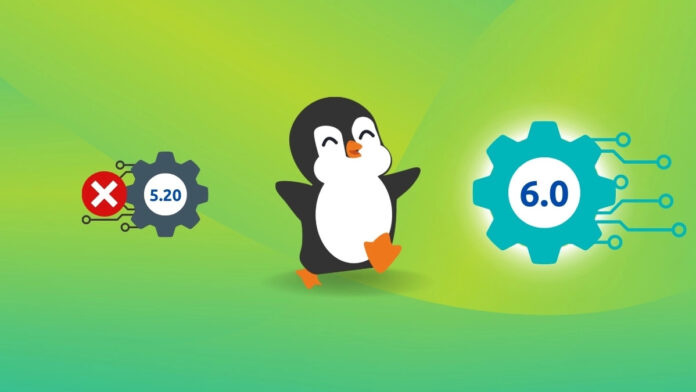While the merge window for Linux 6.1 is now open, a stable version of Linux 6.0 that adds a number of new features has been made available to consumers.
Linus Torvalds, the creator of the Linux operating system, acknowledged that the release of version 6.0 “is more about my running out of fingers and toes than it is about any huge fundamental improvements,” but he added that it is “one of the largest releases at least in numbers of commits in a while.”
Torvalds expressed greater enthusiasm for the 6.1 upgrades, claiming that they introduce some “pretty core new features.”
What has changed in Linux 6.0?
The most recent version includes adjustments that could enhance power management and ACPi handling for x86 hardware, such as AMD’s Ryzen 6000 and Intel “Sapphire Rapids” Xeon CPUs.
The fix for the “retbleed” speculative execution flaw in some older Intel and AMD chips will also lessen the performance impact of the update.
Additionally, the open-source RISC-V technology and the LoongArch microprocessor architecture created in China will both receive support in Linux 6.0.
Additionally, users will receive support for the ThinkPad X13s Arm notebook from Lenovo and Qualcomm’s Snapdragon 8xc Gen3 processor.

What will 6.1 bring?
According to SlashData, the number of people using the Rust programming language has tripled in the past 24 months to 2.2 million. Linux 6.1 is expected to introduce the first supporting infrastructure for this language.
Due to the significant impact that Spectre-BHB mitigation has on the performance of Arm servers, users will also get the ability to turn it off at run-time on Arm systems.
As a better alternative to the kernel’s current page reclamation code, Multi-Gen LRU, often known as MGLRU, is also expected to be mainlined. This might be a major win for customers seeking faster performance.
Additionally, Linux 6.1 is slated to have improved Intel GPU firmware management, Meteor Lake Thunderbolt support, and preparations for Intel Meteor Lake graphics.


